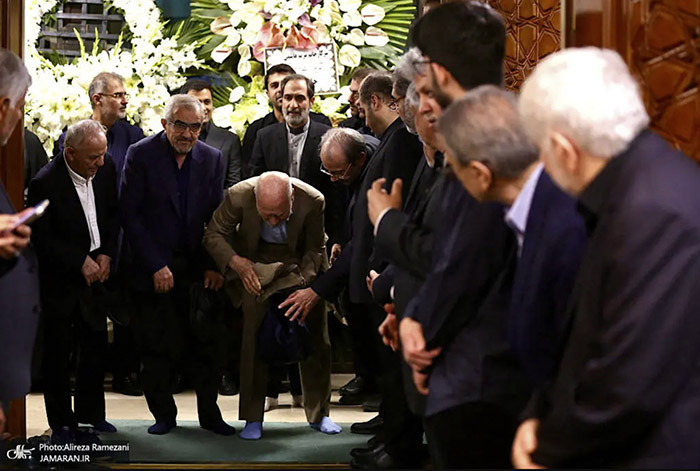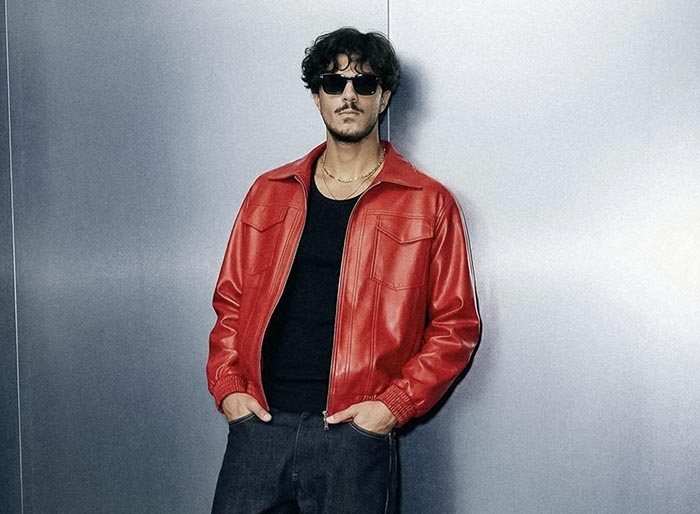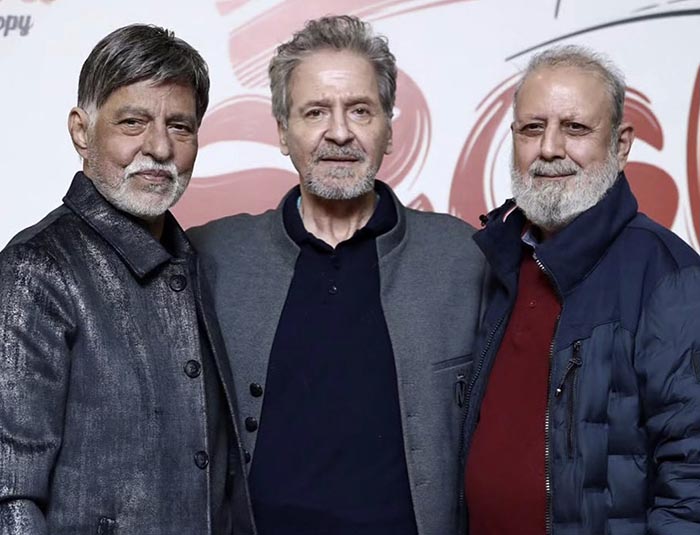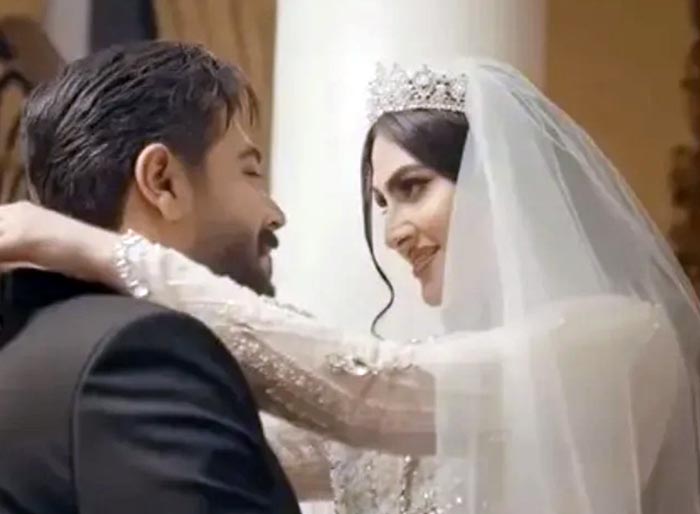Memorial Ceremony for Ahmad Hashemi Rafsanjani: Key Attendees and Significance in Politics
The Significance of the Memorial Ceremony in Iran
Memorial ceremonies for prominent Iranian figures are deeply rooted in Iran’s political and religious culture. They serve as moments of reflection, unity, and political expression. The funeral and memorial events often showcase the alliances and divisions within Iranian political factions, especially among reformists, conservatives, and moderates.
The ceremony for Ahmad Hashemi Rafsanjani was particularly significant because it brought together a diverse array of political and religious leaders, symbolizing the unity and ongoing influence of Rafsanjani’s legacy.
Key Attendees at the Ahmad Hashemi Rafsanjani Memorial
The ceremony was attended by a host of influential figures from Iran’s political, religious, and academic spheres. Here’s a detailed overview of the notable attendees:
1. Seyyed Hassan Khomeini
- Grandson of Ayatollah Ruhollah Khomeini, founder of the Islamic Republic.
- A prominent religious and political figure.
- His presence signifies the connection between Iran’s revolutionary ideals and the current political landscape.
2. Ali Akbar Nateq Nouri
- Veteran politician, former Speaker of the Iranian Parliament.
- Known for his conservative views and long-standing influence within Iran’s political establishment.
- His attendance highlights the respect for Rafsanjani’s political legacy across different factions.
3. Mohammad Javad Zarif
- Former Iranian Foreign Minister and key diplomat.
- Recognized for his role in Iran’s nuclear negotiations.
- His presence underscores Iran’s diplomatic engagement and the importance of Rafsanjani’s legacy in shaping Iran’s foreign policy.
4. Ali Eshraqi
- Political analyst and former ambassador.
- Known for his insights into Iran’s domestic and foreign policies.
5. Fatemeh Mohajerani
- Iranian reformist politician and journalist.
- Advocate for reform within Iran’s political system.
6. Ali Khatami
- Brother of former President Mohammad Khatami.
- A prominent reformist figure.
7. Javad Imam
- Politician and former government official.
8. Amir Khadem
- Sports figure and national athlete.
- Represents the broader societal impact of Rafsanjani’s legacy.
9. Vahid Haqqaniyan
- Member of Iran’s political and cultural circles.
10. Bijan Namdar Zanganeh
- Minister of Oil, influential in Iran’s energy sector.
11. Mostafa Pourmohammadi
- Former Minister of Interior, involved in security affairs.
12. Ali Tayebnia
- Economist and former Minister of Finance.
- Reflects the economic dimension of Rafsanjani’s legacy.
13. Abdolnaser Hemmati
- Central Bank Governor, key figure in Iran’s economic stability.
14. Abdollah Jasbi
- Academic and policy expert.
15. Seyyed Mohammad Ali Abtahi
- Politician and reformist thinker.
16. Seyyed Jamal Sadatian
- Political analyst.
17. Mahmoud Vaezi
- Chief of Staff of the President, influential in government affairs.
18. Seyyed Sirajuddin Mousavi
- Religious scholar.
19. Fatemeh Mohajerani
- (Repeated in the list, possibly a clerical or political figure).
20. Seyyed Mahmoud Alavi
- Minister of Intelligence, key in Iran’s security apparatus.
21. Ali Akbar Salehi
- Head of Iran’s Atomic Energy Organization, central to Iran’s nuclear program.
22. Behzad Nabavi
- Political activist and reformist.
23. Abdolhossein Mokhtabad
- Political analyst.
24. Gholamhossein Karbaschi
- Former mayor of Tehran, reformist leader.
25. Morteza Bank
- Political figure and academic.
26. Members of Hashemi Rafsanjani’s Household
- Family members who represented the personal side of Rafsanjani’s legacy.





